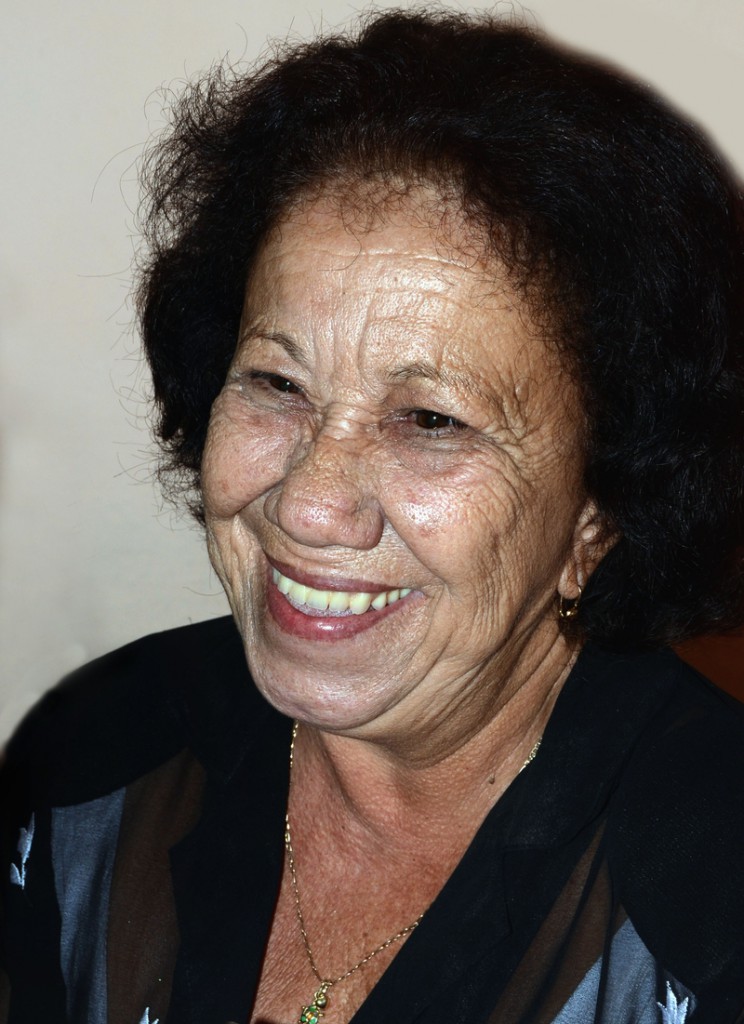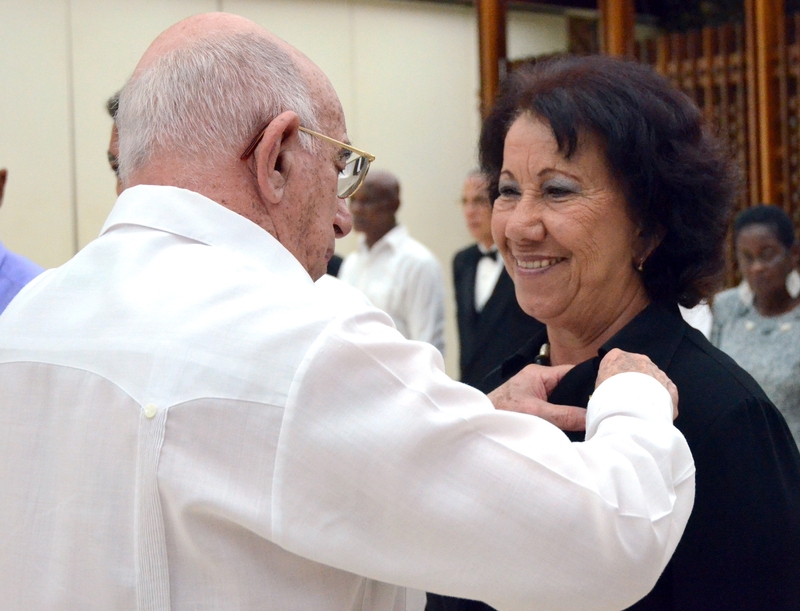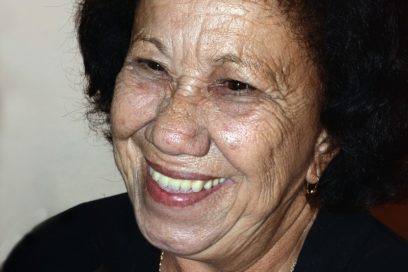
Who is Leonela Relis?, I asked her a few minutes before she was granted the honorable title of Hero of Work. She answered me a bit nervous, naïve and surprised with the news: “I am a Cuban teacher who had lived for her constant training.”
This way started the interview with the woman who created the Cuban teaching method Yo sí puedo (Yes I can), which has traveled all over the world teaching how to read and write millions of people. “This is something that gets into the blood and more than teaching I prefer to say falling in love with people, making them feel attracted, committed, be conscious, because illiterate people have the oral code, but they lack writing and sometimes they refuse to learn.”
She has devoted more than five decades to the training of teachers and teaching youngsters and adults. Leonela is an indispensible name in education. “To be a Hero Worker you have to do more, but time and years do not help me very much.
“There are many heroes in our country and I am not lying if I say this recognition has moved me really deep. It is the award for the job of an entire life. You work; convinced you are doing it good; it comforts you; but you are never hoping to receive something like this recognition.”
Litteracy Teacher in Brisas de Yareyal
“Nelita, what if something happens to you, what will we do?,”- her grandfather told her when she was very young and she wanted to participate in the Illiteracy Teaching Campaign. So, when she was in Camaguey, the Cuban province where she was born, they asked her where she would like to teach, she immediately said that in the eastern region, and she had to leave in secret.
She celebrated her 14 birthday in the training camp in Varadero and she was later appointed to teach in Holguin, a place called Brisas de Yareyal. While she was a member of Conrado Benitez brigade, she discovered her love for teaching.
I went to the house of some wonderful farmers, but when the man arrived home, he said: “I wanted a boy, not a girl.” I started crying. It was the first time I lived far away from my family. I remember it was in 1961 and things were not like nowadays. Afterwards as I was afraid to sleep alone in another room and ended sleeping between Eloisa and Juan my two other parents whom, no matter how long it has been, I can never separate from them.
It was a training period for me too. I learn how the hands of a person who had never touch a pencil in life are, and the importance to take into consideration the willful intent.
Juan used to tell me: “I am 65 years old and I do not want to learn. Perhaps I will try to learn how to write my mane for you.” He understood the benefits of this process.
The origin of a method
After participating in the illiteracy campaign, she was trained as a teacher for elementary school and some years later she was sent to Tarara Camp for training as teacher. Later, she to Minas del Frio-Topes de Collante Plan, a decisive period that prepared her for her future job.
She traveled to Haiti in 1997 to deliver conferences and prepare people in illiteracy campaigns. Two years later, as a proposal of Commander in Chief Fidel Castro, and as a petition of the Nigerian Republic, a small group of Cuban professionals was founded to teach in French on the radio.
By that time too, she was assigned to return to Haiti with the goal to put into practice what they could not do in the African nation.
There, President Rene Preval told her they should teach in Creole not in French. She was there in charge to train 1 ten Haitians to teach by radio. This was the origin of the method. It was there, where we use it for the first time.
We printed the book in Haiti and I never wrote the authors, I just wrote: “This book is the result of a good idea (referring to Fidel Castro), and good friendship relations (referring to all the persons who had collaborated).”
Later, Fidel asked her to prepare the method to be used on television and that was another huge challenge that finally ended in the famed method Yo sí puedo that had taught millions of students how to read and write worldwide in more than 30 countries and more than 5 million people have learned how to read and write with this method.
What does this mean?
This is not only Leonela Relis’ pleasure, but also of all those who in one way or another have helped in his huge work.
It is not enough to teach 5 or 6 million people how to read and write, because there are more than 700 million illiterates at present. However, for those who have devoted days, nights and all of our time in this job, Yo sí puedo has an extraordinary meaning.”



